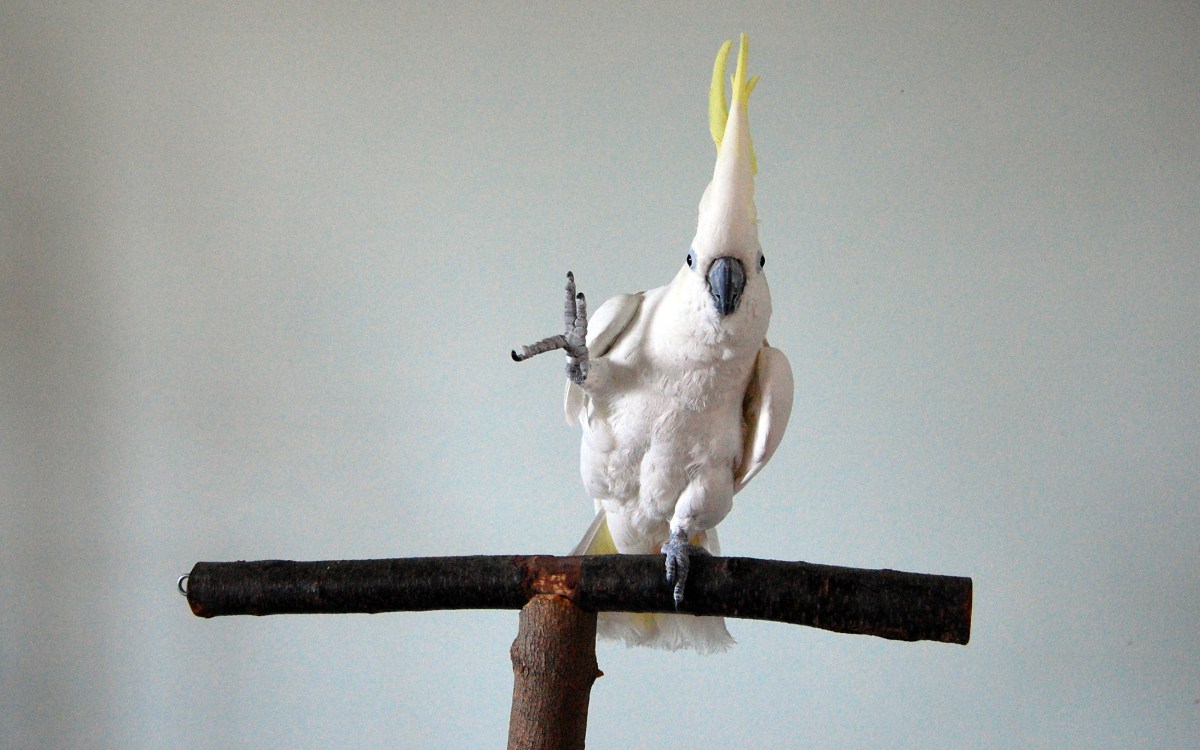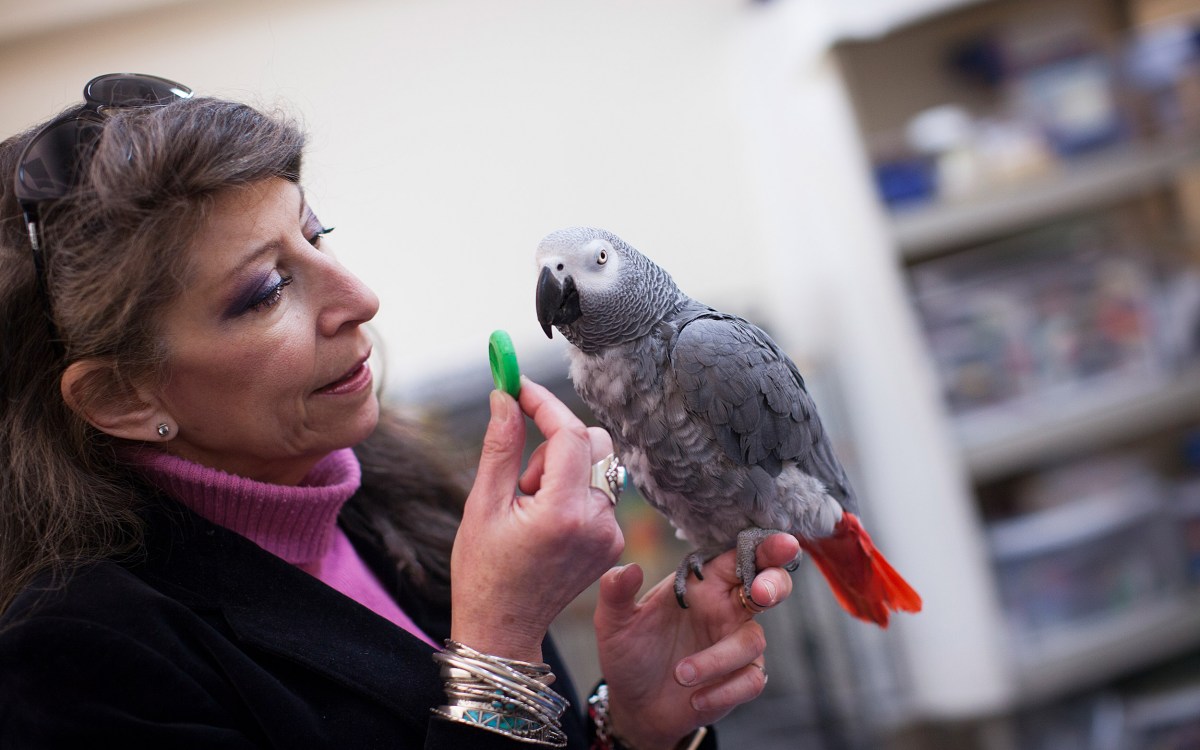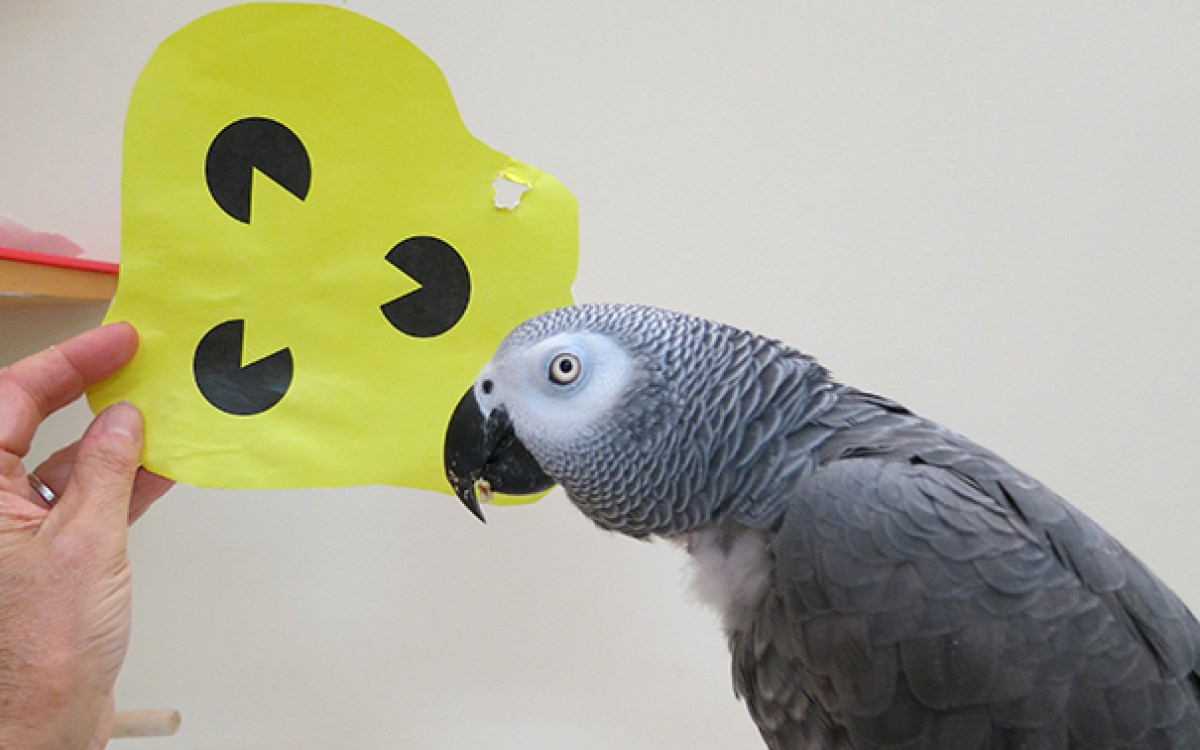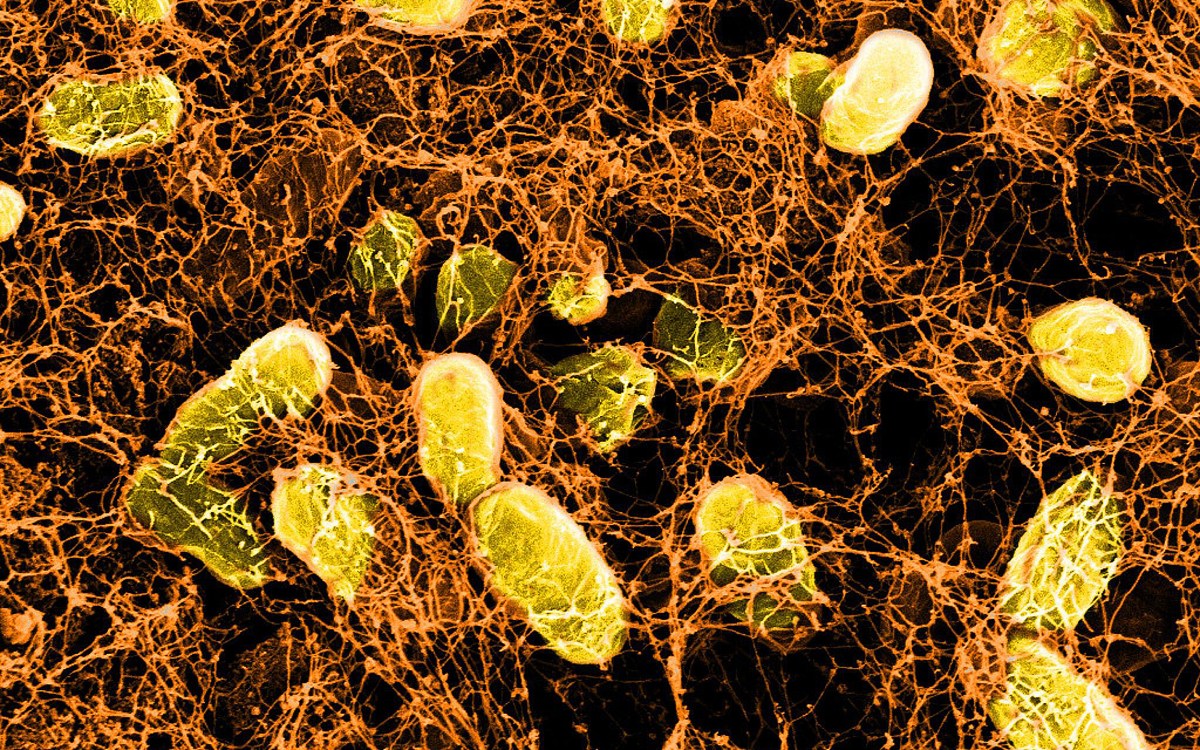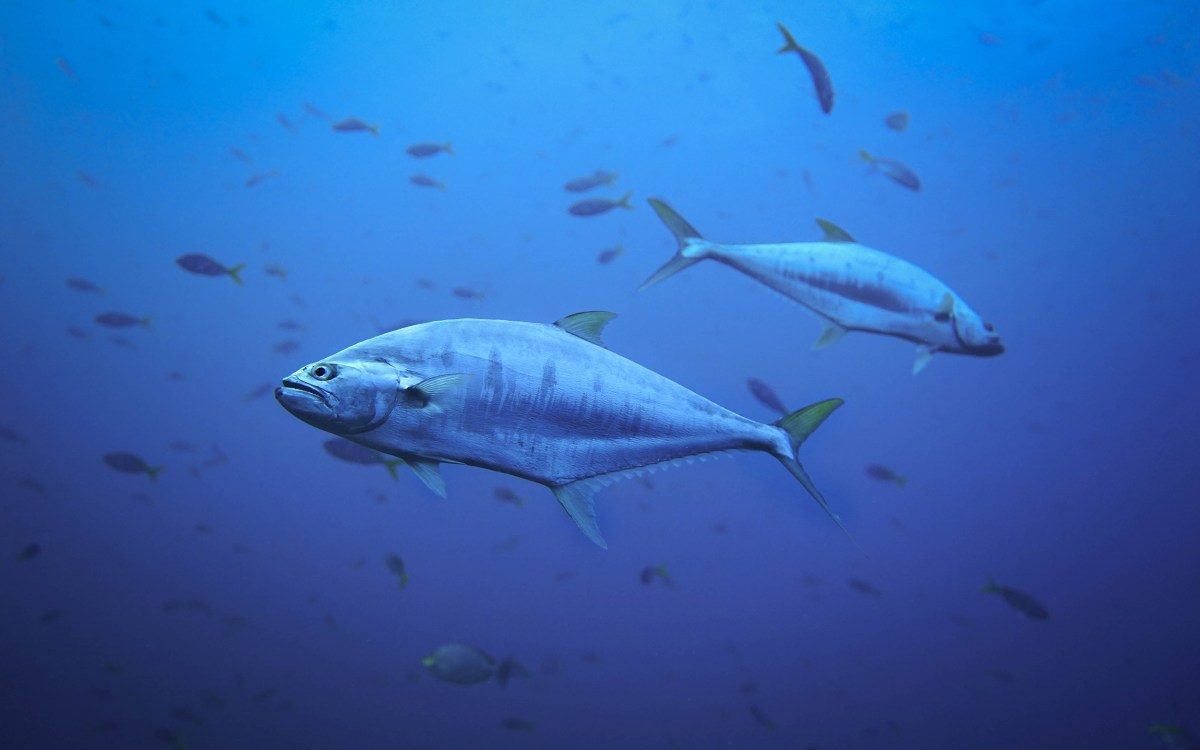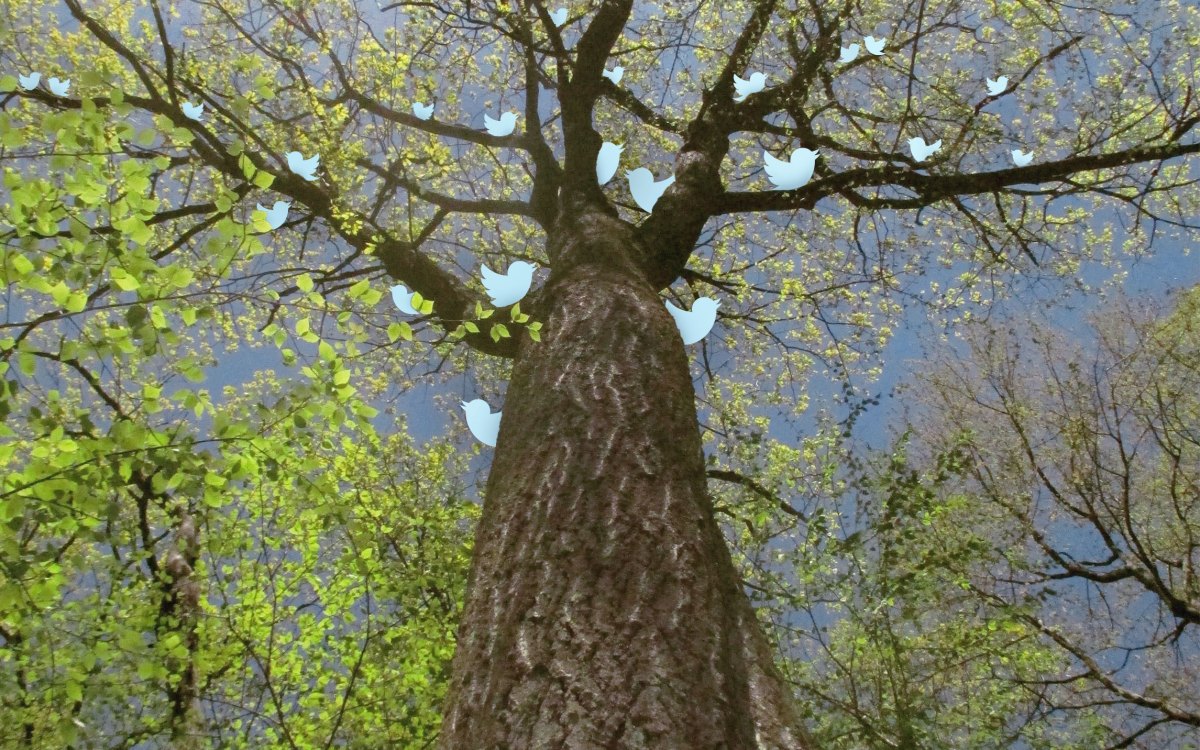Credit: Cody McCoy
Clever crows
After using tools, the birds behave more optimistically, study suggests
It’s no secret crows are smart. They’re notorious for frustrating attempts to keep them from tearing into garbage cans; more telling, however, is that they are one of the few animals known to make tools.
But would you believe doing it actually makes them happy?
That’s the finding of a recent paper, co-authored by Dakota McCoy, a graduate student working in the lab of David Haig, George Putnam Professor of Biology, who found that crows behaved more optimistically after using tools. The study is described in an Aug. 19 paper in Current Biology.
“What this suggests is that, just the same way we enjoy something like solving a crossword, they actually enjoyed simply using a tool,” McCoy said. “I think it suggests there’s a lot more going on in that little head than we think. They get satisfaction out of doing things they’re good at, have trained for their whole lives, and that they use frequently.”
While tool use in the animal kingdom is not unheard of — chimps use sticks to “fish” for termites and other animals use rocks to smash open nuts or shells — New Caledonian crows stand out for manufacturing multiple complex tools and regularly refining their designs.
But how can making and using tools make an animal feel good? A clue, McCoy said, lies in looking at how complex actions make humans feel.
“I think we tend to under-anthropomorphize animals, especially really intelligent animals,” she said. “It’s not that they are machines, and we are feeling beings. Clearly, animals also have emotional reactions and moods.”
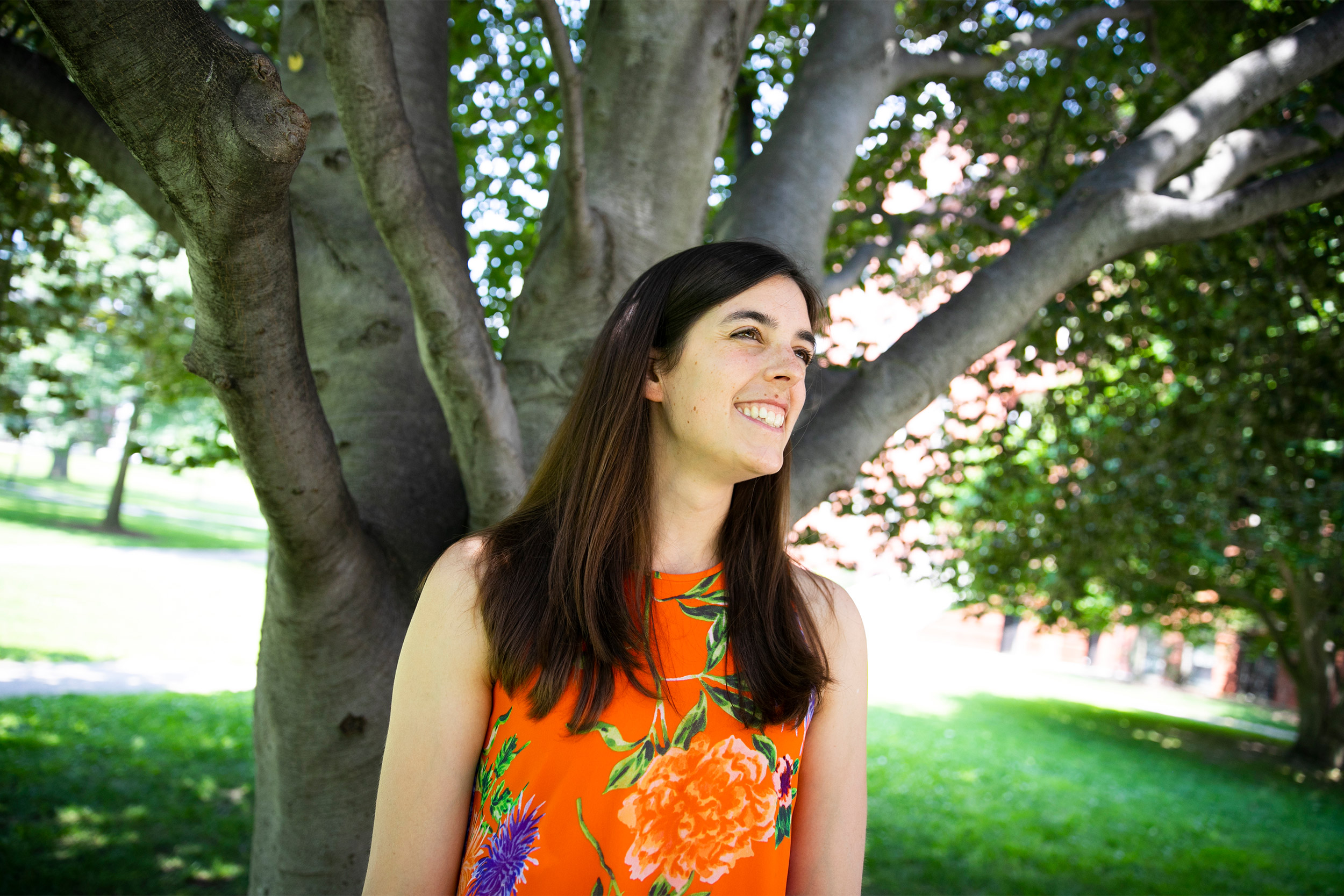
“Maybe crows are just like humans … when they’re doing these complicated actions, they’re reinforced not just by getting a prize out of it, but because they actually enjoy the process itself,” said graduate student Dakota McCoy.
Stephanie Mitchell/Harvard Staff Photographer
And, one of those emotions is the pleasure of accomplishment.
“One potential answer for why tool use evolved is because crows are used to picking up objects and caching them,” she said. “They actually love, when you’re experimenting with them, to pick up your equipment and cache it way up high where you can’t get it.”
Once crows started using tools, she said, the fact that it made them feel good encouraged them to keep at it, refining and developing the behavior further.
“Maybe crows are just like humans and other primates in that, when they’re doing these complicated actions, they’re reinforced not just by getting a prize out of it, but because they actually enjoy the process itself,” she said.
To understand how crows felt about using tools, McCoy and colleagues devised an experiment to test how optimistic the birds were feeling.
“We do have subtle ways to test mood, and the classic paradigm is a glass half filled with water,” she said. “Someone who is feeling pessimistic will interpret it as half empty, while an optimistic person will see it as half full.”
For the crows, researchers conceived a similar test.
In the lab, crows were trained using a small box. When placed on the left side of a table, the box always contained a large reward — three pieces of meat. On the right side, it contained just a scrap of meat, a far smaller reward.
Once the crows understood the difference, researchers placed the box in the middle of the table. If the birds quickly came to investigate that ambiguous box, it suggested they were optimistic that they would find a large reward. If they waited or didn’t visit the box at all, it suggested they were more pessimistic.
To test how they felt about tool use, the crows were then put through a series of tests over a number of days — one in which they had to use a tool to extract a piece of meat from a box and another in which the meat was readily available.
“But we thought that it might not be that tool use puts them in a good mood, it could be just that they had to work harder,” McCoy said. “So we [added] two more conditions. In one the meat was right on the table so there was no effort involved, and in another “effortful” condition, they had to fly around to the four corners of the room to retrieve each piece of meat.”
The results, she said, showed that, following tool use, the birds were much quicker to approach the ambiguous box, and much less enthusiastic after the effortful test compared to the easy test.
“They enjoyed the easy condition, that was no surprise,” McCoy said. “But the surprise was that, clearly, they don’t just like tool use because it’s difficult. We controlled for difficulty and that wasn’t what was motivating their interest — there is something specific about tool use they’re enjoying.”
While it’s impossible to say for certain exactly what the birds were feeling, McCoy said her study is far from the first to attempt to gauge what effects animals’ moods.
“Many people have done studies about what kind of mood animals are in … but the research to date has almost exclusively been on captive animals, and what kind of circumstantial changes can improve their mood,” she said. “Many people have shown that animals’ mood improves if you do something like give them a larger cage, but this study shows that animals also have a better mood if you give them complex, fun tasks to do.”
McCoy, who is a student in the Graduate School of Arts and Sciences, said that she hopes to see the findings of the study applied to improving the lives of animals in captivity.
“Our findings suggest that one way to improve the welfare of captive animals is to give them complex, species-specific enrichment where they’re using skills they have … to achieve goals instead of just receiving passive enrichment,” she said. “We’re far from a world where we don’t have animals in captivity … but they could live a much more enriching life if they’re housed socially and given fun tasks to solve.”
This research was supported with funding from the Department of Defense, Air Force Office of Scientific Research, National Defense Science and Engineering Graduate (NDSEG) Fellowship, a Theodore H. Ashford Graduate Fellowship, a Royal Society of New Zealand Rutherford Discovery Fellowship, a Prime Minister’s McDiarmid Emerging Scientist Prize, and the Max Planck Institute for the Science of Human History.



